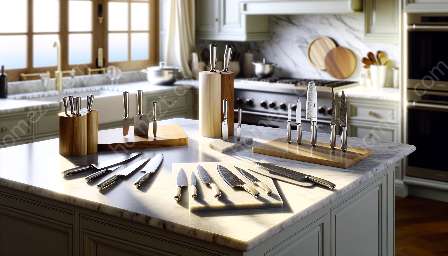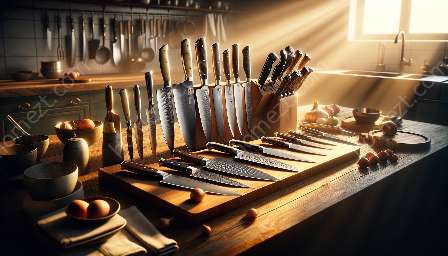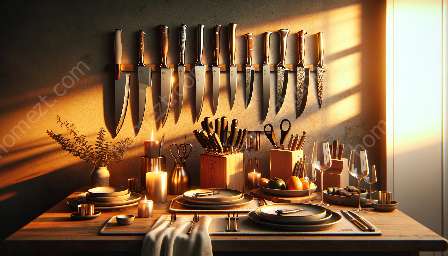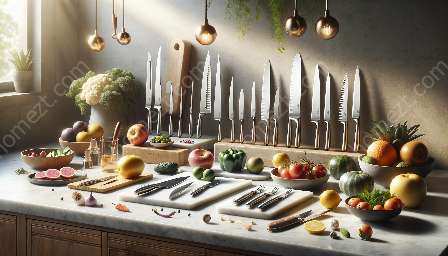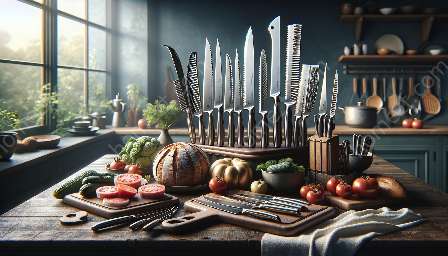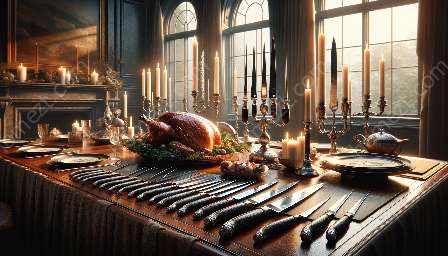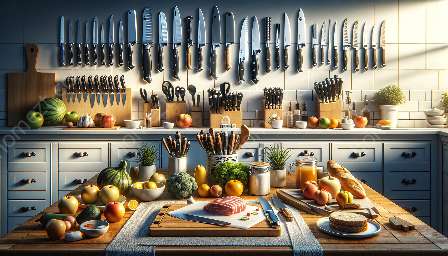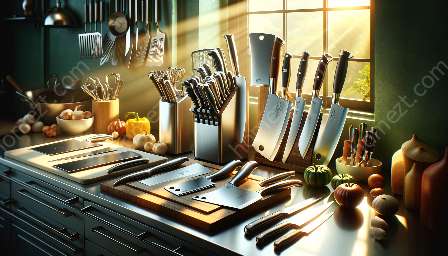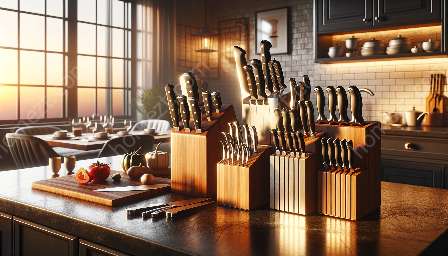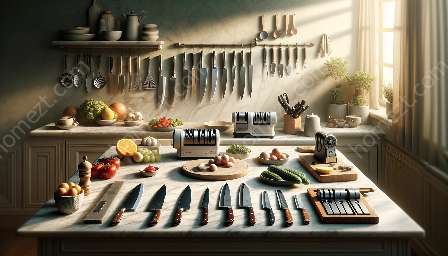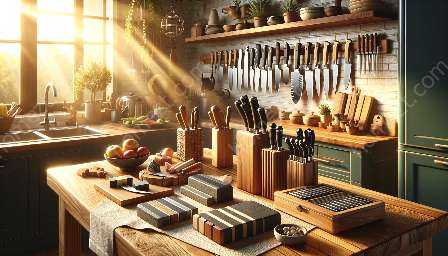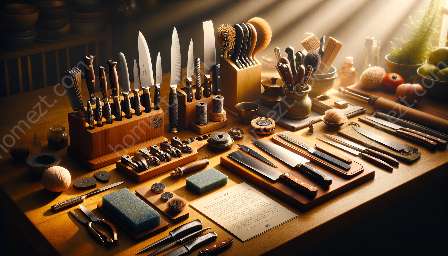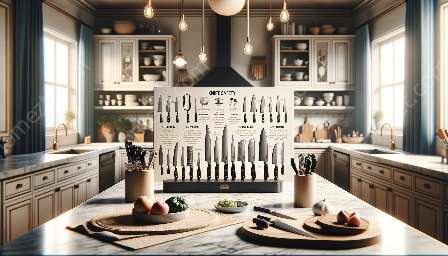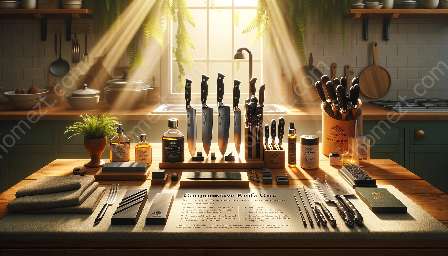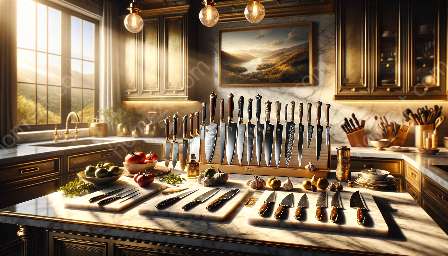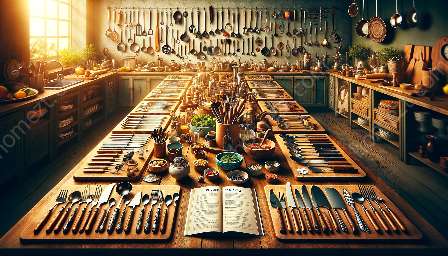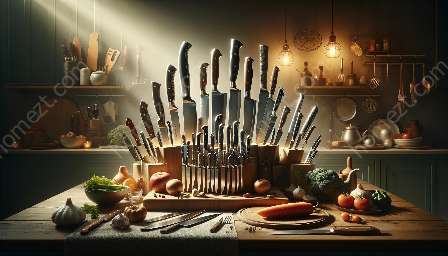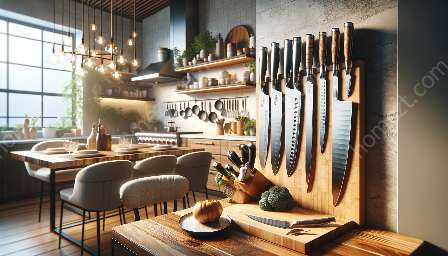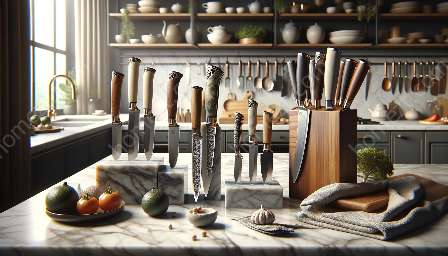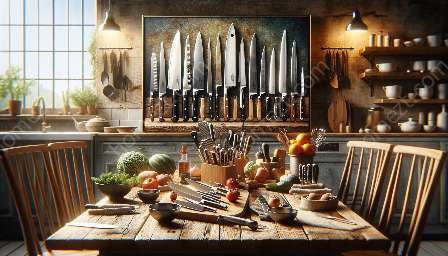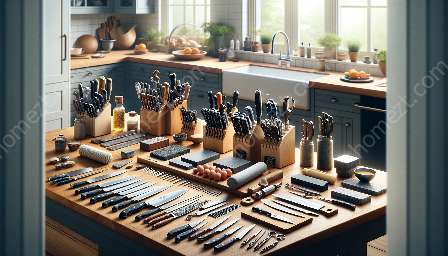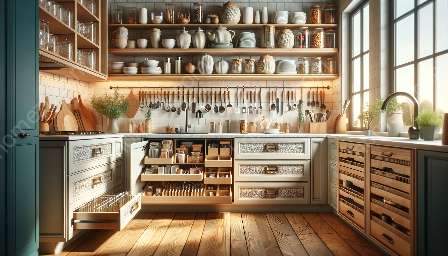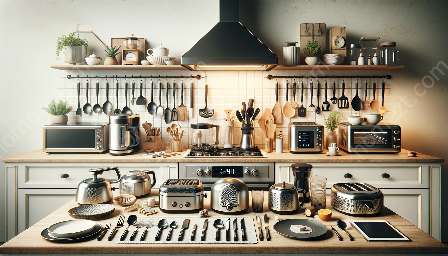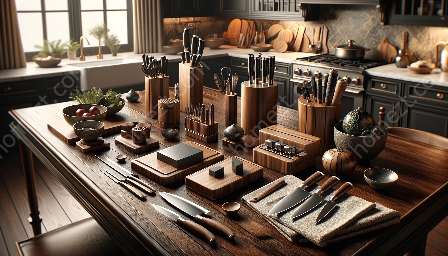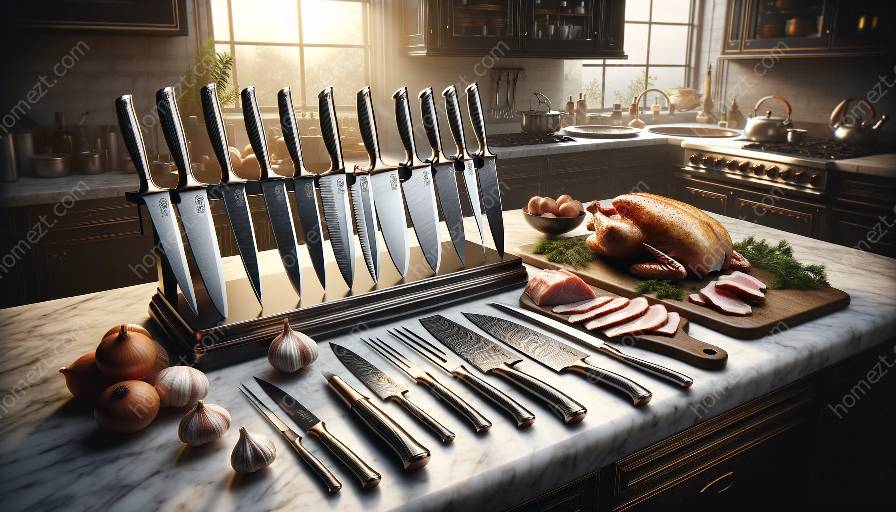Boning knives are an indispensable tool for any chef or home cook who wants to achieve precision and control in cutting meat and fish. These knives are designed specifically for deboning, filleting, and trimming. In this comprehensive guide, we will explore the world of boning knives and understand their importance in the culinary realm.
The Significance of Boning Knives
One of the fundamental tasks in a kitchen is separating the meat from the bone with utmost precision. This is where boning knives come into play. Their narrow, sharp blades allow for easy maneuverability around bones and joints, enabling chefs to extract every morsel of meat with minimal waste. Additionally, boning knives are adept at filleting fish, making them versatile tools for cutting a variety of proteins.
Types of Boning Knives
There are several types of boning knives, each tailored to specific tasks. The most common varieties include stiff, flexible, and semi-flexible boning knives. Stiff boning knives are ideal for cutting through tougher meats and poultry, while flexible ones excel at delicate filleting tasks, such as removing skin from fish. Semi-flexible boning knives offer a middle ground, making them suitable for a range of cutting applications.
Choosing the Right Boning Knife
When selecting a boning knife, consider the type of protein you will be working with and the level of precision required. The length, flexibility, and handle comfort are crucial factors to assess. It is important to choose a knife that feels comfortable in your hand, as this will enhance control and reduce fatigue during prolonged use.
Using Boning Knives Effectively
Proper technique is essential for maximizing the utility of a boning knife. Understanding the anatomy of the animal or fish is vital for strategic cutting. By employing the appropriate movements, such as pulling, pushing, and rotating the knife, chefs can achieve clean, precise cuts without damaging the meat.
Maintaining and Sharpening
As with any cutting tool, regular maintenance is crucial for preserving the sharpness and functionality of a boning knife. Proper cleaning and storage are essential to prevent corrosion and damage. Additionally, regular sharpening will ensure that the blade remains at its optimal cutting performance.
Exploring Beyond Boning Knives
Boning knives are just one component of a comprehensive set of cutlery. Pairing a boning knife with other essential blades, such as chef’s knives, paring knives, and utility knives, creates a well-rounded culinary toolkit for tackling various cutting tasks with finesse.
Conclusion
Boning knives are indispensable tools that empower chefs and home cooks to execute precise and intricate cuts with ease. By understanding the nuances of boning knives and their role in the kitchen, individuals can elevate their culinary prowess and achieve professional-quality results.

